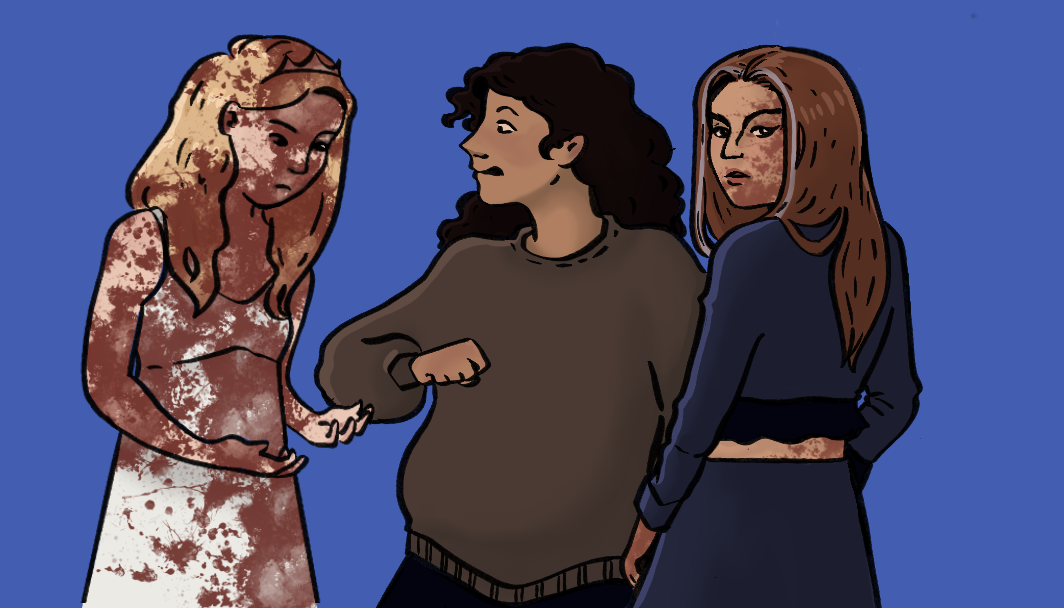Blogger’s recommendation: Play the above audio, BLOODY FUTURE by Kilo Kish in the background.
It’s that time of the month. No, I do not mean it’s Halloween or the end of October (although it is also that). “That time of the month” is the rather indirect way many people address the time of the month in which someone is on their period. It seems that the very mention of menstruation or menstrual imagery sends a chill down many people’s spines. Growing up, I asked myself why no one in my favourite TV shows and films explicitly had periods. I mean, isn’t it a naturally occurring phenomenon in the human body? It seems that the topic of menstruation is shrouded in mystery and taboo; implicit and rarely explicit. While there have been recent changes to this trend, periods have existed long before in a genre that I did not really immerse myself in growing up; horror.
In Carrie (1976) by Brian De Palma, the inciting incident of the film is the titular character getting her period. Everything goes downhill from here. She starts to have telekinetic skills and is shamed by her ultra-conservative mother for her transition into womanhood. If that’s not bad enough, her classmates (representation of society) shun her and bully her by throwing tampons at her, implying the shamefulness of menstruation. It is highlighted as a process that should be hidden from the public. Here, female puberty is essentially linked to destruction; considering the finale of the film. A similar depiction occurs in Ginger Snaps (2000) by John Fawcett, although the titular female character becomes a werewolf instead. What is notable in these examples though, is the depiction of the menstrual monster. Their transformations could be seen as linked to stereotypes of women on their periods; moody and otherworldly. It’s a blatant mystification and othering of the female body.
In fact, this can be linked to Barbara Creed’s 1993 theory of the “Monstrous Feminine” which is the theory that posits that women are often represented as monstrous by using symbols of womanhood; often linking horror with female biology. Images of menstruation or even maternity are seen as disruptive to distinctly patriarchal systems. In a way, this could be linked to the objectification of the female body, but that is a whole other 500-page soliloquy that I’m unable to address here. The underlying implication here is that the idea of being biologically female is undeniably linked to fear. Fear as an emotion comes from a lack of understanding of the consequences of something or the unknown in general.
One simply does not need to look further than language itself to see menstruation as being tainted with negatively-laden implications. The words “hysteria” and “hysterical” originate from the Latin word hystericus; meaning “uterus”. Historically, the uterus was linked to a so-called condition that sent women into a state of madness or lack of control. In the modern day, these words also often imply a lack of emotional control or insanity. The unequivocally historical female implications of these words speak to the way that the demonisation of menstruation and the female is entrenched in the very language we speak. And as commonly known; language shapes perception.
One can only hope that in the future, menstruation can be seen as a natural phenomenon that just so happens to have female implications. In the same way, we can speak of excretion as a biological thing, we can speak of menstruation as a biological thing. The problem is, we have a deep-rooted issue; the feminine itself is seen as a negative implication. The first step to progress is acknowledgement, and I believe that is happening slowly….
Written by: Mayra Nassef
Editor: Nimrat Kaur
Visuals: Isabella Restrepo Vargas


